On July 9, 1962, the US military conducted the Starfish Prime test. It was the most powerful nuclear explosion ever carried out in outer space. It took place at an altitude of 400 kilometers and led to considerable consequences.
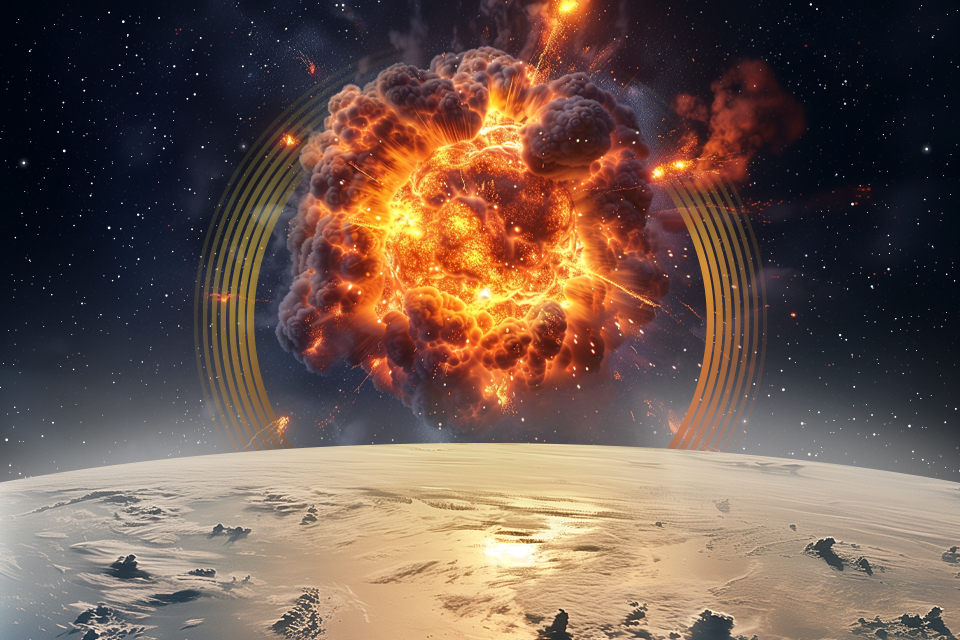
Operation Fishbowl program
Today, testing nuclear weapons in space is strictly prohibited by international agreements. However, this was not always the case. It all started when the military began testing nuclear weapons in Earth orbit, culminating in the explosion known as Starfish Prime. It was carried out on July 9, 1962.
The Starfish Prime test was part of the much larger Operation Fishbowl research program. Initially, it consisted of three explosions of different power that were to take place outside the Earth’s atmosphere: Bluegill, Starfish, and Urraca.
However, Urraca was supposed to use a warhead with a yield of 1 Mt of TNT equivalent at an altitude of 1000 km. Therefore, it was canceled at the design stage due to complexity and danger.
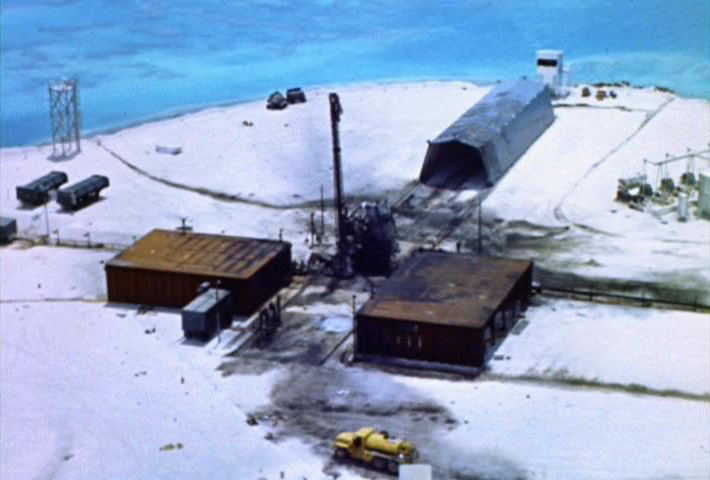
Instead, the Kingfish low-orbit test and two high-altitude atmospheric explosions, Checkmate and Tightrope, were added to the program, making a total of five explosions. However, even in this form, this program, which was originally designed to counter Soviet ground tests, was not successful.
The first test, on June 2, 1962, was to be the Bluegill test. The center of this test, like all subsequent ones, was Johnson Atoll, located in the Pacific Ocean. It was from there that the Thor missile carrying a nuclear warhead was launched. Initially, the flight went well, but then the radar lost it and it was decided to send a self-destruct command.
The next test was the Starfish test. It took place on June 19. This time, one of the engines on the Thor missile shut down and it crashed in midair. The military was very upset by the failure, so they scheduled a new attempt, which was called Starfish Prime.
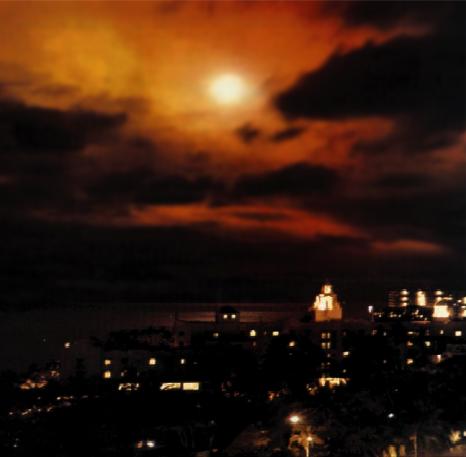
How the Starfish Prime test was conducted
The new Thor rocket was launched on July 9, 1962, at 11:00:09 Kyiv time. It took off from the same Johnson Atoll. This time it reached an altitude of 400 km above a point 30 km south of the island without any problems. The power of the explosion was 1.3 Mt, making it the most powerful of all that humans have ever organized in space.
The electromagnetic pulse that resulted was much more powerful than experts expected. Not only did it cause problems with the measuring equipment that was supposed to study it, but it also disrupted communications, disabled street lights, and set off alarms in Hawaii, which is 1,445 kilometers from Johnson Atoll.
Nevertheless, immediately after the detonation, 27 meteorological rockets were launched from Johnson Atoll to determine how the explosion affected the chemical composition and radiation levels in the upper atmosphere. In addition, several more rockets were launched from the Hawaiian Islands. Observations were also conducted from numerous military aircraft and ships throughout the Pacific Ocean.
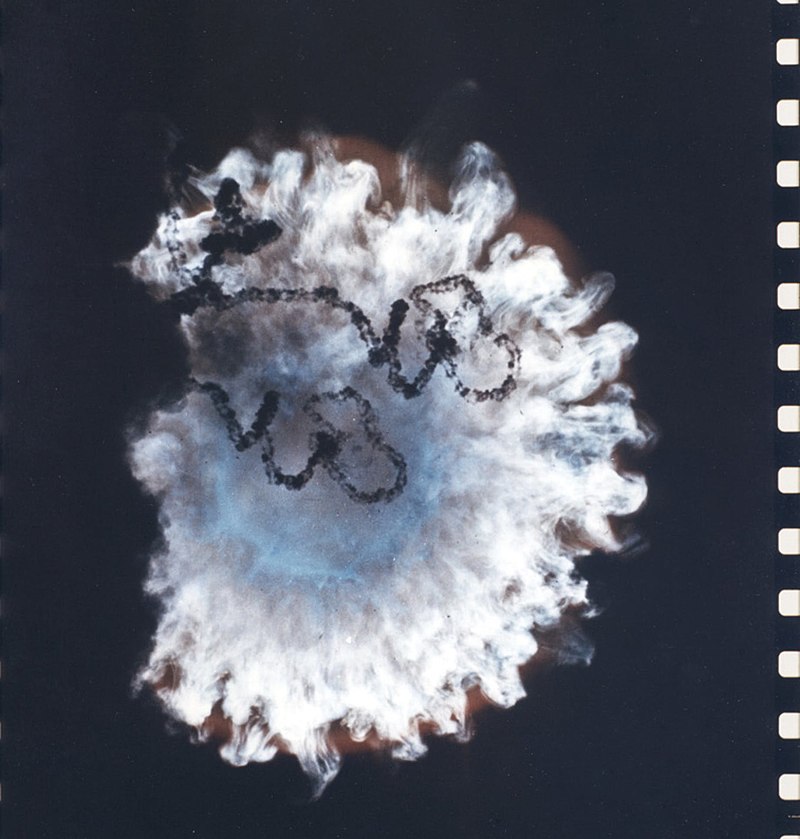
Consequences of the explosion
The main consequence of Starfish Prime was the formation of high-energy electrons that excited the Earth’s ionosphere and quickly disabled three satellites. The control systems of seven more were damaged and they soon fell out of orbit.
The explosion saturated the planet’s ionosphere with charged particles, similar to what happens during the most powerful solar flares. This led to the appearance of numerous auroras over the entire Pacific Ocean.
Interestingly, there was no serious radiophobia at the time. So, hotel owners in Hawaii organized parties on their rooftops in honor of the “rainbow bomb” and no one worried about the possible consequences. They did it in vain. According to some studies, the test could have caused 10 to 100 thousand cases of various types of cancer.
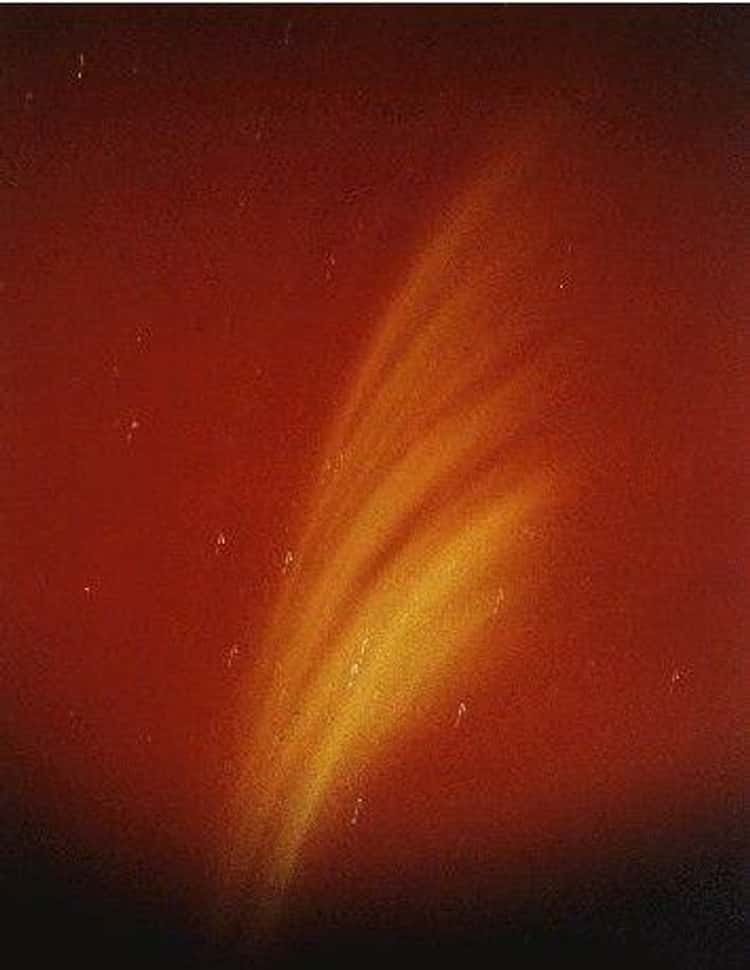
Meanwhile, the high-energy electrons generated by the Starfish Prime explosion remained in orbit for at least 5 years and formed a new radiation belt.
In addition, an interesting side effect of the test was obtained. The explosion produced a certain amount of cadmium-109 isotope. Tracking it allowed us to learn a lot about air currents.
However, in general, Starfish Prime was the end of the history of nuclear testing in space. A year later, the United States and the USSR signed an agreement on a complete ban. Later, other countries joined the agreement.

